I wanted to start this discussion for newbies (like myself). This post is my opinion based on my experiences. It's by no means exhaustive.
1. Envelopes-paper. I like to save seeds in envelopes b/c they allow the air to circulate. If seeds are not 100% completely dry they start to mold in plastic bags. It is easy to mark a paper envelope-write on it, print in computer, copy on copy machine. Easy to store in an organized fashion, a filing system in a drawer. Popular places to find envelopes: thrift stores, ebay (I bought a box of 500 coin envelopes for $10), recycle greeting card envelopes or junk mail...just place your label over the printing. Can cut larger envelopes down and tape the sides. This is my favorite-I buy birthday invitations (3"x5" and use the envelopes (Goodwill is a good place to find these). I like to include a large picture of the flower similar to that of the seed packets you buy in stores and allows me to include date harvested, hardiness zone, pros and cons I found when growing the plant.
2. Plastic baggies. Best advice I received on GW was to look at Walmart, but you have to look in the bead/craft section. Perfectly sized 2"x4" sealable bags 100 for $2. +you can see the seeds, # of seeds -can tend to mold if not dry. Place a sticker on one side with name, date collected, etc. Easy storage and compact.
3. DIY (do it yourself). During GW swaps I've received small seed envelopes .5"x1.5" created from magazine pages, cut and folded, secured with tape. +economical +reusing magazines +paper allows airflow -magazine doesn't allow person to write on it, must use a label -usually bulkier than other methods and have to be careful seeds aren't crushed in the mail
4. Computer-published envelopes. Many places to find template of seed envelope to create your own. +Unique to you +paper-allows air flow +Unlimited # you can make +can print on back sides of used paper and reuse -more time consuming to create envelope (cut, glue, tape, fold) and the cost of ink/paper. Here is the link for my template-one for an example and one for you to print and use. Cut and paste it into your browser if it won't let you click on it. http ://s1118.photobucket.com/albums/k619/revrevccc/Flower%20Seed%20Envelope%20Template/
I've never tried this before so if it doesn't work email me and I'll email one directly to you. They're so much FUN! (I'm a creative person)
MAILING SEEDS
1. Bubble Envelopes.
A. Buy them. +Durable +Protect contents -expensive
B. Reuse them. I've never been offended if I'm the 12th person to receive seeds in the same envelope. I don't care if the envelope came from WW2 as long as the seeds are safe! Rip off the old labels, slap a label over handwritten addresses and you're ready to go. Remember not to tape over postage.
C. Cut in half. I received a bubble envelope recently where a person had cut a larger bubble envelope in half, taped it shut and sent it. I was thrilled she had reused an old envelope and since then I've done the same thing. Saves me money, saves the environment, saves the seeeds.
2. Regular Envelopes
A. Wrap seeds in bubble wrap. Especially if seeds tend to be flat insert them into envelope with a layer of bubble wrap or a layer of something that will cushion and absorb pressure. I've received many like this and the seeds arrive safe. +Saves cost of bubble mailers +reuses bubble wrap Note: Often post offices accept bubble wrap and 'peanuts' from the public to keep them out of the landfill. You might inquire if they have any you can have. They may try to sell you their regular products, but especially in small towns they are glad someone will use it and gladly load you up with it. For anyone mailing plants be sure to ask around for packing peanuts!!!
B. Mark the envelope. Across the bottom of the envelope write "SEEDS - SEEDS - SEEDS". The postal employee in my town says they appreciate that. There is no guessing if it's liquid, perishable or hazardous, but everyone knows why it's bulky or carefully wrapped. It doesn't guarantee better treatment, but it often receives a gentler touch.
LONG TERM STORAGE
The experts I read say long-term storage is best in clean, dry glass jars with lids. That doesn't work for trading or mailing, but I'll throw it in here.

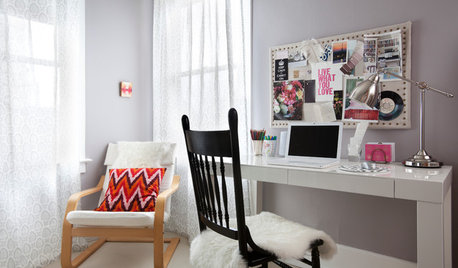

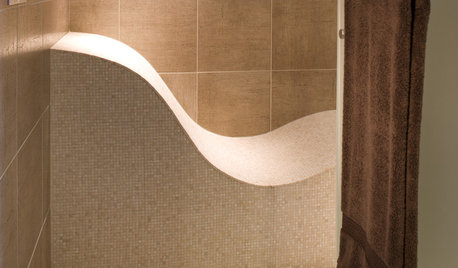
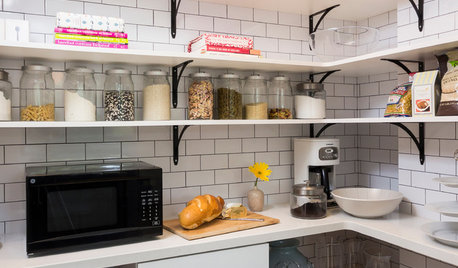
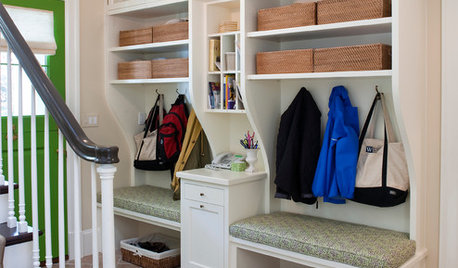


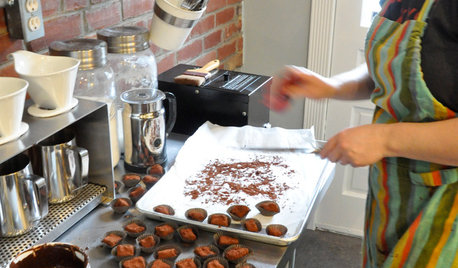




gardenweed_z6a
katkni
Related Discussions
Large packages need to be mailed in person
Q
How do you package you seed for trades??-Most economical method.
Q
HAVE: Snail Mail Seed Swap
Q
Winter Seed Swap (by mail)
Q